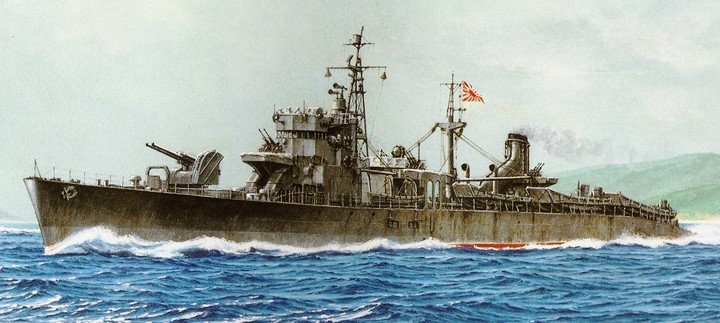

| Fast Transport T.1 (revised 31 December 2015) Fast Transport T.2 (revised 31 December 2015) Fast Transport T.3 (revised 31 December 2015) Fast Transport T.4 (revised 31 December 2015) Fast Transport T.5 (revised 31 December 2015) |
Fast Transport T.6 (revised 31 December 2015) Fast Transport T.7 (revised 31 December 2015) Fast Transport T.8 (revised 31 December 2015) Fast Transport T.9 (revised 1 September 2018) Fast Transport T.10 (revised 31 December 2015) |
Fast Transport T.11 (posted 1 October 2014) Fast Transport T.12 (posted 1 November 2014) Fast Transport T.13 (revised 1 September 2018) Fast Transport T-14 (posted 1 June 2015) Fast Transport T-15 (posted 1 July 2015) |
Fast Transport T-16 (posted 1 July 2015) Fast Transport T.17 (revised 1 January 2017) Fast Transport T.18 (posted 1 August 2015) Fast Transport T.19 (posted 1 August 2015) Fast Transport T.20 (posted 1 August 2015) Fast Transport T.21 (posted 1 August 2016) |

Mr. Robert Hackett is a military historian and researcher. Retired from the United States Air Force and later from the aerospace industry, he resides in Florida.
Mr. Sander Kingsepp, a native of Estonia, is also a military historian and researcher. A talented linguist, Sander's translations of Japanese source materials have greatly enhanced these TROMs.
Questions to the authors concerning these TROMs should be posted on the Discussion and Questions board.

